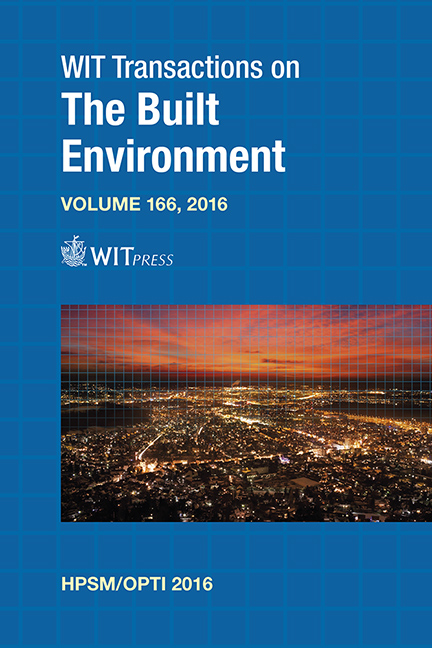Analysis Of Parameters Influencing The Jamming Effect In Circular Braids
Price
Free (open access)
Transaction
Volume
166
Pages
10
Page Range
93 - 102
Published
2017
Size
1,050 kb
Paper DOI
10.2495/HPSM160091
Copyright
WIT Press
Author(s)
J. Ochola, B. Malengier, J. Githaiga, L. VanLangenhove
Abstract
Circular braids are tubular fabrics constructed using a set of helically winding yarns in a circular clockwise and counter-clockwise direction. Circular braided structures exhibit the behavior of rearranging on extension along the longitudinal axis. In this paper, a 3D model of a circular braided structure was developed using generic python, and rendered on ABAQUS®. A uniaxial tension was induced to the structure at different load values and the extension of the model analysed before and after the jamming state. The models were validated using experimental data and linear regression analysis to study the force-extension relationship during structural deformations in a braided structure. A linear regression model of the relationship between the peak force (y) and the tensile extension (x1 was developed using linear regression at 95% confidence level. The multiple correlation coefficients (R) indicating a measure of the quality of the prediction of the dependent variable was established as 0.896, for the model, this indicates a good level of prediction. The R2 value (also called the coefficient of determination) was 0.803, this was the proportion of variance in the dependent variable that could be explained by the independent variables (technically, it is the proportion of variation accounted for by the regression model above and beyond the mean model). Therefore in this model the independent variables explained 80.3% of the variability of our dependent variable, maximum load (y). The extension (x1) of the braided structure was found to have a significant impact on the model.
Keywords
circular, braid, regression, extension, tenacity





